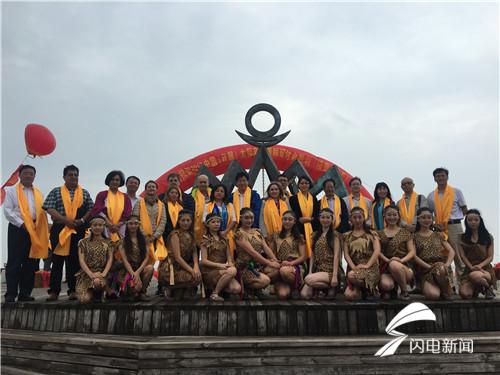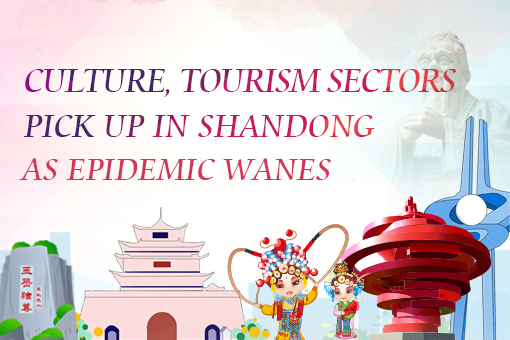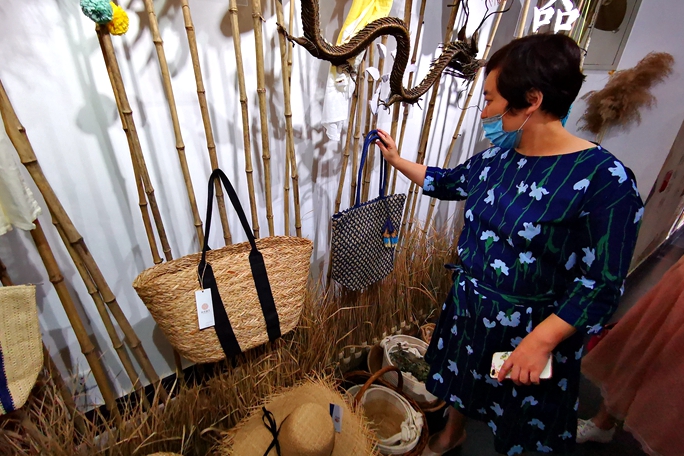"Sun culture" tourism rises in Rizhao
 |
|
The delegation of foreign and domestic experts poses for a group photo after the blessing ceremony at Wanpingkou, a famous tourist destination in Rizhao, Shandong province. [Photo/ dzwww.com] |
For thousands of years, the sun has brought warmth, life and hope to the people of Rizhao, Shandong province. Now, it is becoming a lucrative source of tourism revenue too.
The city on China's eastern coast believes there is money to be made from its ancient "sun culture", and on Sept 26-29 it invited tourism and cultural experts to exchange ideas on how to develop a sun-driven tourist industry.
The attendees at the 2017 China (Rizhao) International Sun Culture Forum included visitors from countries such as Greece, Egypt and Peru, homes to ancient cultures famous for their worship of the heavens.
Rizhao sits easily in this company. In China, the city is synonymous with its folk traditions centered on paying homage to the sun.
The city even gets its name from the sun: Rizhao means "Sunshine" in English, a name that derives from people's ancient belief that the city was the first place in the world where the sun rose each morning.
Over the millennia, a sophisticated culture of sun worship developed in Rizhao, and the forum attendees were able to explore this in detail during their visit.
Their first stop was Wanpingkou, a famous beachside tourist destination in Rizhao, where they were able to observe a number of ancient Chinese sun worship rituals.
A blessing ceremony was held, in which dancers holding torches praised the sun, before offerings of meat were offered to heaven and the sun. Finally, performers struck the Sun Bell, a ceremonial bell that was used to welcome the sun.
Rizhao has recreated this traditional ceremony at dawn on New Year's Day every year since 2010, and the event now attracts tens of thousands of people each year.
The visitors appeared fascinated by the ceremony, and even had a go striking the Sun Bell themselves.
Their next stop was Tiantai Mountain scenic area, which was the cradle of the Dongyi civilization that existed in the region from the Neolithic Period to the time of the Western Zhou Dynasty (1046-771 BC).
This is where China's sun culture was born, and the experts were able to see a number of relics related to the Dongyi people's worship of the sun that dated back more than 3,000 years, including Xihe Temple, dedicated to the goddess of the sun and moon, and the Sun God Stone.
Liu Zongdi, professor at Shandong University, said that with its advantageous geographic location and beautiful environment, Tiantai Mountain is expected to become a popular cultural tourism destination.
The delegation also visited the Jyuzhou Museum and Fulaishan scenic area to know about the history of Jyu county, another ancient culture from the region near Rizhao.
Jyu county is most famous for the 4,800-year-old earthenware pots discovered there, which bear the oldest pictographs ever found in China. This ancient script dates back 1,000 years further even than the famous oracle bones used for divination during the Shang Dynasty (16th-11th century BC).

 Shandong Culture and Tourism Consumption Season
Shandong Culture and Tourism Consumption Season Culture, tourism sectors pick up in Shandong as epidemic wanes
Culture, tourism sectors pick up in Shandong as epidemic wanes

